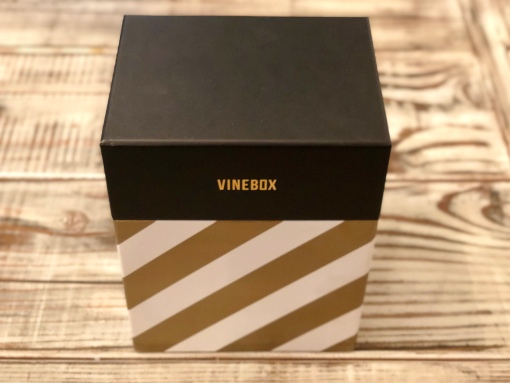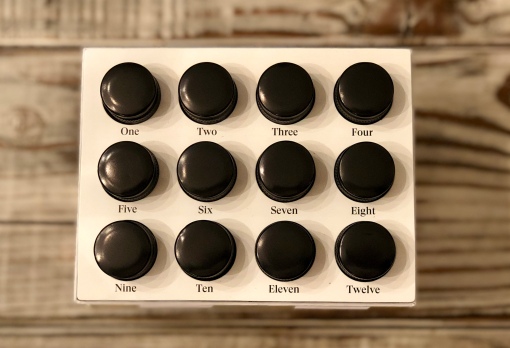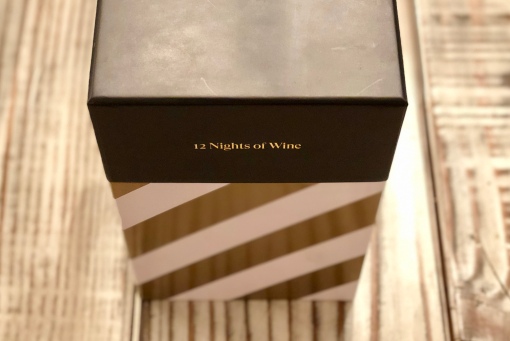By Peter Vetsch
Well, we’ve done it: scaled the top of a 24-day Advent mountain, and without pausing for breath, immediately continued up to the summit of the second 12-day Vinebox mountain perched directly on top of it. 36 straight days of blogging later, here we are, weary and satisfied and very ready not to write about any goddamned thing tomorrow. And we end the 12 Days of Vinebox with the wine that maybe surprised me the most in the lineup, not because there’s anything particularly weird about it (although in this age of wine weird-offs marked by escalating departures from the norm, maybe strait-laced in-its-lane Left Bank Bordeaux qualifies as odd in a post-hipster-irony sort of way), but because it appears to be a library offering. This 2011 Chateau Hourbanon Medoc is easily the oldest wine in our set of test tubes, proving that even back-vintage wines can be relocated and settle peacefully in their new skinny Vinebox homes.

I gently chided Vinebox yesterday for not supplying much information along with their wines, but tonight’s offering solves that problem itself by way of an information-packed, if insanely disorganized, producer website, wherein the current proprietor of Chateau Hourbanon tells you absolutely everything you would want to know about the history and current philosophy of the estate in nine different potential languages. I find this sheer earnest desire to share and educate highly welcoming. Thanks to this glorious fount of information, I can advise that Chateau Hourbanon has long been highly regarded — it was classified as a Cru Bourgeois (or its pre-official predecessor) back in the 19th century — but the subsequent 100 years were not as kind to it, and when reformed dentist Remi Delayat purchased it in 1974 it was all but abandoned, its winery buildings in complete disrepair. Delayat made it his personal mission to rehabilitate the estate, and after his premature death in 1981 his widow Nicole carried on the quest, followed by their son, current proprietor and website content-master Hugh, who now manages the estate’s 13 hectares of vines. In the current more formalistic classification of the Cru Bourgeois wineries, Chateau Hourbanon’s name remains on the list. Read the rest of this entry »















